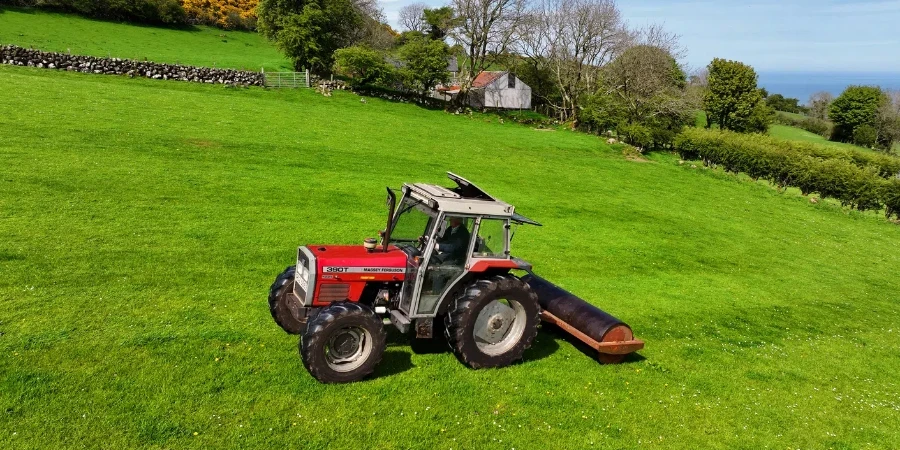In 2025, the grass spreader market will surge, driven by innovations in precision farming and sustainable practices. This article delves into the types, performance, and latest technology features of grass spreaders, offering professional buyers invaluable insights to make informed purchasing decisions.
Table of Contents:
– Comprehensive Analysis of the Grass Spreader Market in 2025
– Key Factors When Selecting a Grass Spreader
– Durability and Build Quality
– Safety Standards and Certifications
– Enhancing Lawn Health with Proper Spreaders
– Final Thoughts on Grass Spreaders
Comprehensive Analysis of the Grass Spreader Market in 2025
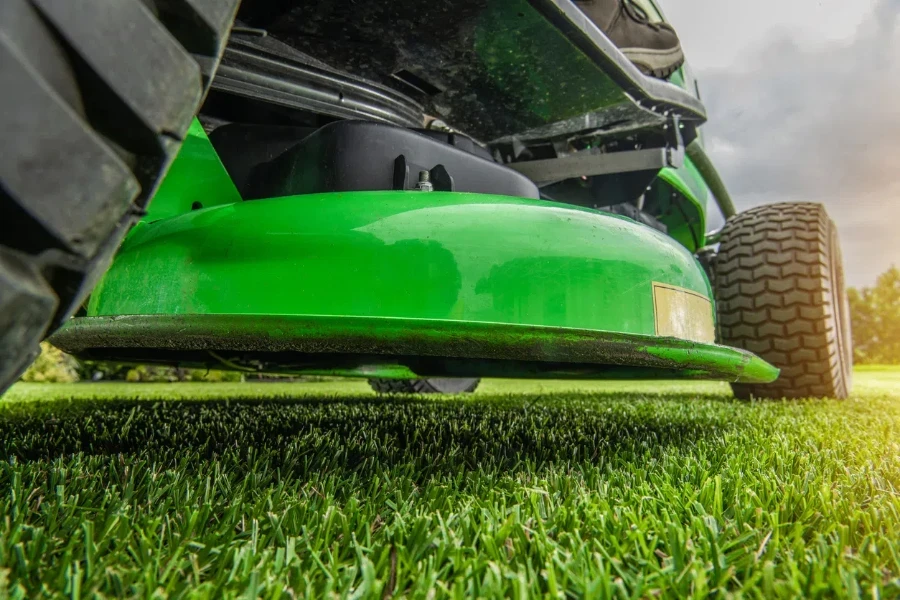
Market Overview
The global grass spreader market has seen significant growth and diversification in recent years. By 2025, the market is expected to reach USD 1.07 billion, with a compound annual growth rate (CAGR) of 6.63% from 2023 to 2030. This growth is fueled by technological advancements in precision farming and the increasing adoption of sustainable agricultural practices. The market includes various types of spreaders such as drop, dry, liquid, and pendulum spreaders. Rotary spreaders hold a substantial market share due to their versatility and efficiency.
Regionally, the Americas, particularly the United States and Canada, dominate the market due to large-scale commercial farming operations and the integration of smart farming solutions. The Asia-Pacific region, with countries like China, India, and Japan, is experiencing rapid growth due to government initiatives promoting sustainable agriculture and significant R&D investments. In Europe, the market is influenced by stringent environmental regulations and a strong emphasis on reducing carbon footprints.
Detailed Market Introduction and Analysis
Grass spreaders are essential in modern agriculture and landscaping, providing even distribution of fertilizers, seeds, and other materials. Key performance benchmarks for grass spreaders include spread width, application rate, and ease of calibration. Market dynamics are driven by the demand for high-efficiency equipment that integrates with precision farming technologies to optimize input usage and minimize waste.
Economic influences on the grass spreader market include rising input costs, which drive the need for more efficient fertilization methods. Additionally, consumer behavior is shifting towards environmentally friendly and sustainable farming practices, boosting the demand for advanced spreaders. Distribution channels are evolving, with a growing preference for original equipment manufacturers (OEMs) to ensure compatibility and reliability.
Recent innovations in the market include spreaders with advanced GPS and sensor technologies, enabling precise application and reducing environmental impact. Digitalization is playing a crucial role, with smart spreaders that can be controlled and monitored via mobile applications, enhancing user convenience and operational efficiency.
Customer pain points primarily involve the high initial investment and maintenance costs of advanced spreaders. However, manufacturers are addressing these issues by offering customizable solutions tailored to specific soil types, crops, and fertilizers, enhancing product lifecycle and user satisfaction. Differentiation strategies focus on product durability, ease of use, and integration with other farm management systems.
Key Factors When Selecting a Grass Spreader
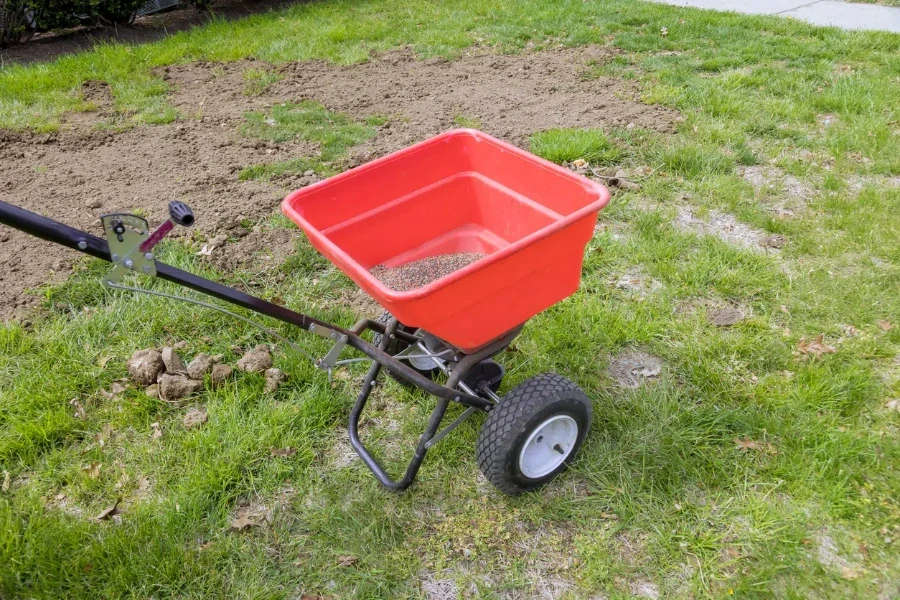
Types of Grass Spreaders
Understanding the different types of grass spreaders is crucial for making an informed decision. Grass spreaders generally fall into two main categories: broadcast spreaders and drop spreaders.
Broadcast spreaders, also known as rotary spreaders, are ideal for covering large areas quickly. They fling seeds or fertilizer in a broad pattern, covering more ground in less time. These spreaders can be hand-cranked or towed behind a lawn tractor. However, their wide distribution pattern can sometimes lead to uneven coverage, especially in windy conditions.
Drop spreaders provide more precise application. They release seeds or fertilizer directly beneath the spreader, ensuring the material is distributed exactly where you want it. This precision makes drop spreaders ideal for smaller lawns or areas where controlled application is necessary. However, they can be more time-consuming to use over large areas due to their narrower spread width.
Performance and Functionality
When evaluating the performance and functionality of a grass spreader, consider factors such as spread width, hopper capacity, and ease of use.
Spread width determines how much area you can cover in a single pass. Broadcast spreaders typically offer wider spread widths, ranging from 6 to 12 feet, making them suitable for larger lawns. Drop spreaders, with their narrower spread widths of 2 to 3 feet, allow for more controlled application but can be slower for large areas.
Hopper capacity dictates how much seed or fertilizer the spreader can hold. Larger hoppers reduce the frequency of refills, increasing efficiency. For instance, commercial-grade broadcast spreaders may have hopper capacities up to 100 pounds, while smaller residential models might only hold 20 pounds.
Ease of use includes features such as adjustable flow rates, ergonomic handles, and easy-to-read calibration settings. High-quality spreaders often include flow control mechanisms that allow you to adjust the distribution rate, ensuring you apply the right amount of material for your lawn’s needs. Ergonomic handles reduce strain during use, and clear calibration settings help maintain consistency in application.
Technical Specifications
Technical specifications are important when selecting a grass spreader, particularly for professional or commercial use. These specifications include the type of material the spreader is made from, the durability of the components, and the overall build quality.
High-quality spreaders are typically constructed from corrosion-resistant materials such as stainless steel or heavy-duty plastic. Stainless steel frames and hoppers offer superior durability and longevity, particularly in harsh weather conditions. For instance, stainless steel spreaders can withstand exposure to fertilizers and other chemicals without rusting, ensuring a longer lifespan.
The durability of components such as wheels and gears is also critical. Pneumatic tires provide better traction and smoother operation over rough terrain compared to plastic wheels. Metal gears are generally more durable and reliable than plastic gears, reducing the likelihood of breakdowns during use.
Overall build quality can often be assessed by looking at industry certifications and awards. Spreaders that meet rigorous industry standards or have received recognition for their design and performance are likely to offer superior reliability and efficiency.
Latest Technology Features
Advancements in technology have significantly improved the functionality of grass spreaders. Modern spreaders often come equipped with features such as electronic spread rate control, GPS-based application systems, and integrated software for tracking application patterns.
Electronic spread rate control allows for precise adjustments to the spread rate, ensuring consistent application across different lawn sections. This feature is particularly useful for professional landscapers who need to maintain high standards of uniformity.
GPS-based application systems use satellite technology to ensure even coverage. These systems can create application maps, allowing for precise tracking of where seeds or fertilizer have been applied. This level of precision helps avoid over-application or missed spots, optimizing the use of materials and improving lawn health.
Integrated software solutions can track application patterns, monitor usage, and provide recommendations for future lawn care tasks. These features are particularly beneficial for large-scale operations where efficiency and precision are critical.
Price Range and Budget
The price range for grass spreaders can vary widely depending on the type, build quality, and additional features. Basic residential models can start as low as $50, while high-end commercial spreaders can exceed $500.
When setting a budget, consider the specific needs of your lawn or business. For small residential lawns, a mid-range spreader with essential features may suffice. However, for larger properties or professional landscaping businesses, investing in a high-quality, feature-rich spreader can provide better long-term value.
It’s also important to consider the cost of maintenance and replacement parts. Spreaders with durable components and reliable build quality may have higher upfront costs but lower long-term maintenance expenses. Additionally, some manufacturers offer warranties or service plans, which can provide added peace of mind and protect your investment.
Durability and Build Quality
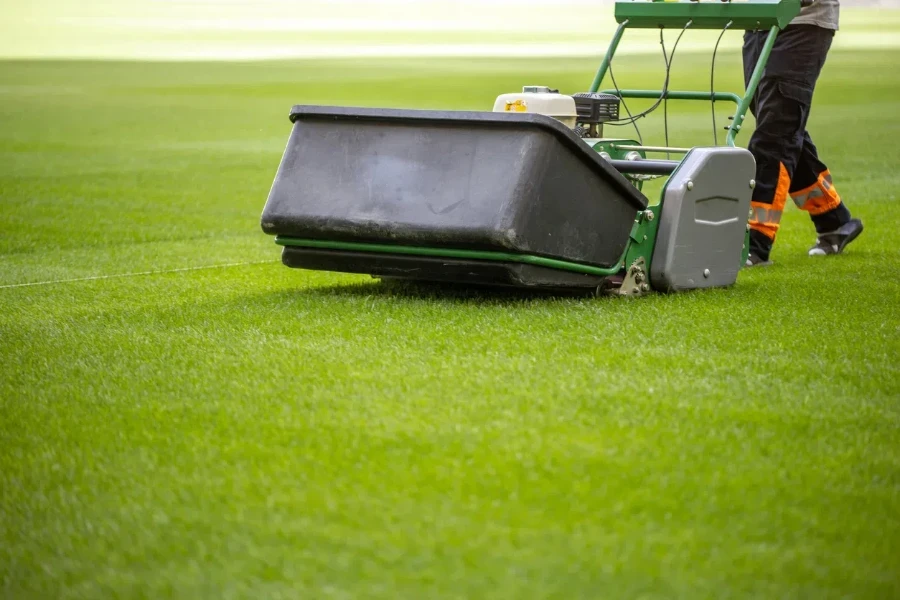
Durability and build quality are critical factors to consider when selecting a grass spreader. High-quality materials and robust construction ensure that the spreader can withstand regular use and exposure to the elements.
Material Selection
The choice of materials directly impacts the spreader’s durability and longevity. Stainless steel is often used for frames and hoppers due to its resistance to rust and corrosion. This material is particularly beneficial for spreaders that will be used with fertilizers, which can be corrosive. Heavy-duty plastic is another common material, offering a lightweight yet durable option.
Components such as wheels and gears should also be made from durable materials. Pneumatic tires, for example, provide better traction and smoother operation on uneven terrain compared to plastic wheels. Metal gears are generally more durable and reliable than plastic gears, reducing the likelihood of breakdowns and extending the spreader’s lifespan.
Construction Quality
The overall construction quality of a grass spreader can often be assessed by examining the design and assembly. Look for spreaders with reinforced frames, sturdy welds, and high-quality fasteners. These features contribute to the spreader’s ability to withstand regular use and rough handling.
Industry certifications and awards can also be indicators of construction quality. Spreaders that meet rigorous industry standards or have received recognition for their design and performance are likely to offer superior reliability and efficiency.
Maintenance Requirements
Regular maintenance is essential for ensuring the longevity and optimal performance of a grass spreader. Maintenance tasks may include cleaning the hopper and spreader mechanism, lubricating moving parts, and checking for wear and tear on components such as wheels and gears.
Some spreaders are designed with maintenance in mind, featuring easy-to-remove hoppers and accessible components. These designs can simplify maintenance tasks and reduce downtime. Additionally, manufacturers may offer maintenance kits or replacement parts, making it easier to keep the spreader in good working condition.
Safety Standards and Certifications
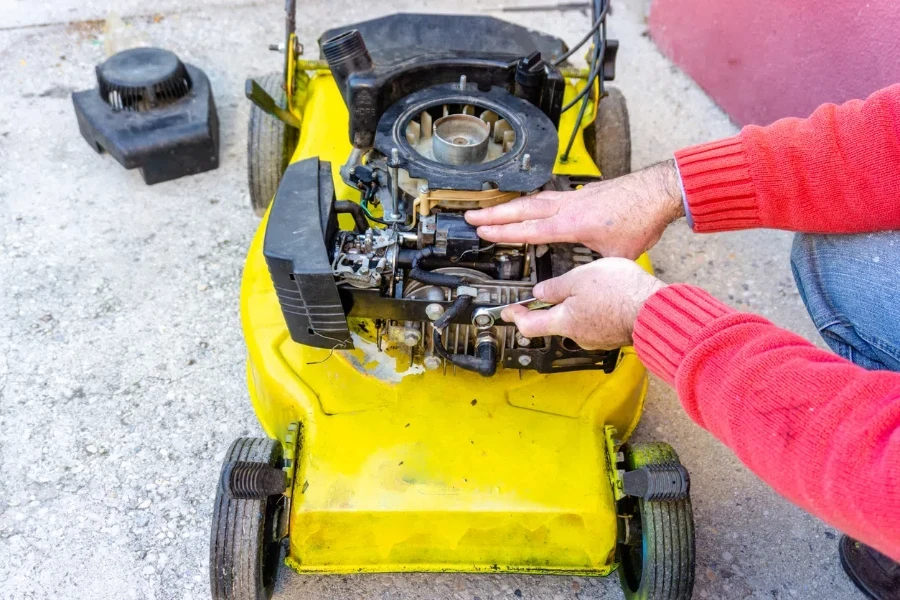
Safety is a paramount consideration when selecting a grass spreader, especially for professional or commercial use. Ensuring that the spreader meets industry safety standards and certifications can help prevent accidents and injuries.
Industry Standards
Grass spreaders should comply with relevant industry standards for safety and performance. These standards may be set by organizations such as the American National Standards Institute (ANSI) or the International Organization for Standardization (ISO). Compliance with these standards ensures that the spreader has been tested for safety and reliability.
Safety Features
Modern grass spreaders often come equipped with safety features to protect the user and bystanders. These features may include safety guards to prevent contact with moving parts, non-slip handles for better grip, and stable wheelbases to prevent tipping.
For powered spreaders, additional safety features such as emergency shut-off switches and overload protection can provide an extra layer of safety. These features help prevent accidents and ensure safe operation.
User Training and Manuals
Proper training and understanding of the spreader’s operation are essential for safe use. Manufacturers typically provide user manuals that include important safety information, operating instructions, and maintenance guidelines. It’s important to read and follow these instructions to ensure safe and effective use of the spreader.
For professional or commercial use, additional training may be necessary. Some manufacturers offer training programs or resources to help users understand the proper operation and maintenance of their spreaders. Investing in training can help prevent accidents and ensure that the spreader is used safely and effectively.
Enhancing Lawn Health with Proper Spreaders
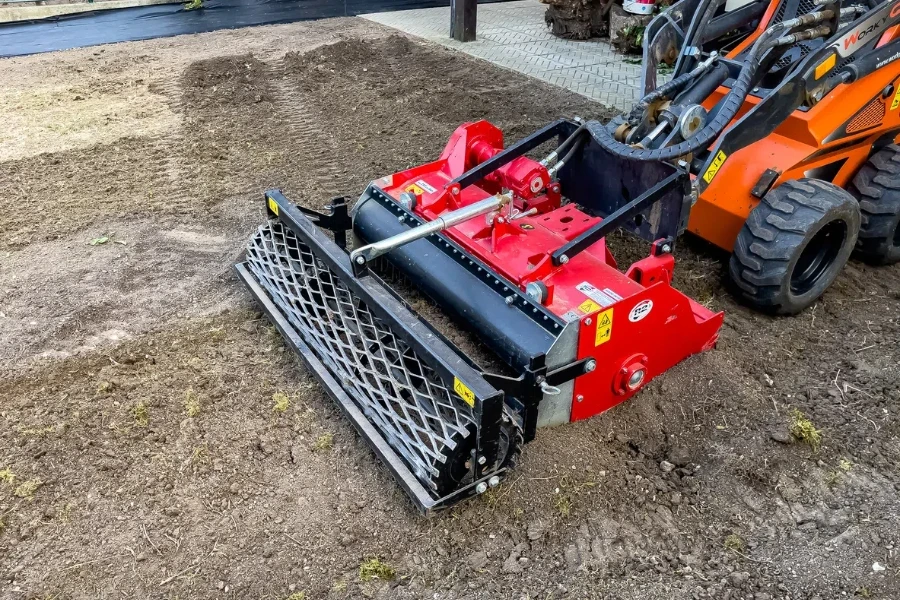
Using the right grass spreader can significantly enhance the health and appearance of your lawn. Proper application of seeds and fertilizers ensures even coverage and optimal growth conditions.
Promoting Even Coverage
One of the primary benefits of using a grass spreader is the ability to achieve even coverage. Uneven application of seeds or fertilizers can lead to patchy growth and nutrient imbalances. Spreaders are designed to distribute materials evenly, promoting uniform growth and a healthier lawn.
Broadcast spreaders are particularly effective for covering large areas quickly, while drop spreaders offer precision for smaller lawns or targeted applications. Ensuring even coverage helps prevent over-application or missed spots, optimizing the use of materials and improving lawn health.
Optimizing Nutrient Distribution
Proper nutrient distribution is essential for maintaining a healthy lawn. Fertilizers provide essential nutrients that support grass growth, root development, and overall lawn health. Using a spreader ensures that these nutrients are evenly distributed, preventing nutrient imbalances that can lead to poor growth or disease.
Modern spreaders often come equipped with features such as adjustable flow rates and electronic spread rate control, allowing for precise application of fertilizers. These features help ensure that the right amount of nutrients is applied, promoting optimal growth conditions.
Reducing Soil Compaction
Soil compaction can impede root growth and reduce the availability of water and nutrients to the grass. Using a grass spreader can help reduce soil compaction by ensuring even distribution of materials and minimizing the need for heavy equipment.
Additionally, some spreaders are designed to work in conjunction with aerators or other lawn care equipment. Aeration helps alleviate soil compaction by creating small holes in the soil, allowing water, air, and nutrients to penetrate deeper into the root zone. Combining the use of a spreader with aeration can enhance soil health and promote better grass growth.
Final Thoughts on Grass Spreaders
Selecting the right grass spreader is crucial for achieving a healthy and vibrant lawn. By considering factors such as types, performance, technical specifications, durability, safety standards, and their impact on lawn health, you can make an informed decision that meets your specific needs. Proper use and maintenance of the spreader will ensure optimal performance and contribute to the long-term health of your lawn.
